The Book of Genesis: A Comprehensive Study Guide
Exploring Genesis involves accessing valuable resources, including a book of genesis study guide pdf, offering detailed commentary and analysis․
Numerous online platforms provide these guides, facilitating deeper understanding of the text’s historical and theological contexts․
Scholarly PDF editions, like those with ISBN 1-59045-796-X, present in-depth analyses for serious students․

These resources illuminate the foundational narratives and themes within the Book of Genesis․
Genesis, meaning “origin” or “beginning,” stands as the inaugural book of the Hebrew Bible and the Christian Old Testament․ It lays the foundational narrative for understanding God’s relationship with humanity and the origins of the world․ A book of genesis study guide pdf serves as an invaluable tool for navigating its complex themes and historical context․
This initial section of scripture transitions between primeval history – recounting creation, the fall, the flood, and the Tower of Babel – and patriarchal history, focusing on Abraham, Isaac, Jacob, and Joseph․ Understanding this structure is crucial․ Resources like those available through the Christian Classics Ethereal Library (CCEL) offer access to classic commentaries in various digital formats, including PDF․
A comprehensive study necessitates recognizing Genesis’s literary genres, encompassing poetry, genealogy, and narrative․ Exploring these facets, aided by a well-structured study guide, unlocks deeper insights․ The book establishes core theological concepts like covenant, sin, and redemption, setting the stage for the rest of biblical revelation․ Utilizing scholarly PDF editions enhances this exploration, providing detailed analysis and historical perspectives․
Authorship and Date of Composition
Determining the authorship of Genesis remains a complex scholarly endeavor․ Traditional Jewish and Christian beliefs attribute authorship to Moses, though modern critical scholarship suggests a more nuanced picture․ The text likely underwent a lengthy process of oral tradition and redaction, with multiple sources contributing to its final form․ A book of genesis study guide pdf often addresses these varying perspectives․
The Documentary Hypothesis proposes that Genesis is a compilation of four main sources: J (Yahwistic), E (Elohistic), D (Deuteronomic), and P (Priestly)․ Identifying these sources aids in understanding the text’s development․ Dating the composition is equally challenging․ The primeval stories likely originated much earlier, perhaps drawing on ancient Near Eastern traditions, while the patriarchal narratives may have been written down during the early Iron Age (around 1200-1000 BCE)․
Accessing scholarly commentaries, often available as a PDF, provides detailed analysis of these theories․ Resources like those mentioned previously offer insights into the textual evidence and historical context․ A robust study guide will acknowledge the uncertainties surrounding authorship and dating, encouraging critical engagement with the text․
Literary Genres in Genesis
Genesis showcases a diverse range of literary genres, demanding a nuanced approach to interpretation․ It isn’t a single, uniform type of writing․ The early chapters (1-11) primarily employ myth and legend, presenting foundational narratives about creation, the fall, and the flood․ These aren’t necessarily “false” stories, but rather utilize symbolic language to convey profound theological truths․ A comprehensive book of genesis study guide pdf will highlight these distinctions․
The later sections (12-50), focusing on the patriarchs, lean towards historical narrative, though still containing elements of folklore and saga․ Poetry, such as the blessings of Jacob (Genesis 49), and legal codes are also present․ Recognizing these genres is crucial for accurate exegesis․ For example, interpreting the creation account as literal scientific history misses its intended purpose․
Resources offering detailed genre analysis, often found in scholarly PDF commentaries, are invaluable․ Understanding the literary conventions of ancient Near Eastern literature further enriches interpretation․ A good study guide will equip readers to identify these genres and appreciate their unique contributions to the overall message of Genesis․
The Primeval History (Genesis 1-11)
Genesis 1-11, known as the Primeval History, lays the foundational theological groundwork for the entire Bible․ This section addresses universal themes: creation, sin, judgment, and the origins of humanity and civilization․ It’s characterized by a broad scope, dealing with events impacting all people, rather than specific individuals or nations․ A thorough book of genesis study guide pdf will emphasize the theological significance of these chapters․
Key narratives include the six-day creation, the fall of Adam and Eve, Cain and Abel, the flood narrative involving Noah, and the story of the Tower of Babel․ These stories aren’t simply historical accounts, but rather symbolic representations of fundamental truths about God, humanity, and the world․
Many PDF commentaries explore the parallels between these narratives and ancient Near Eastern cosmologies, illuminating their unique theological contributions; Understanding the literary genres employed – myth, legend, and proto-history – is vital․ A quality study guide will provide context and aid in discerning the intended meaning of these pivotal chapters, setting the stage for the rest of Genesis․
The Creation Account (Genesis 1-2)
Genesis 1-2 presents two distinct, yet complementary, accounts of creation; The first (Genesis 1:1-2:3) offers a majestic, ordered account of God creating through divine speech, emphasizing God’s power and transcendence․ The second (Genesis 2:4-25) provides a more intimate, anthropocentric perspective, focusing on the creation of Adam and Eve and their relationship with God and the Garden of Eden․ A comprehensive book of genesis study guide pdf will address these differences․
Scholarly resources within these guides often explore the literary structure, theological themes, and historical context of these chapters․ Key themes include the goodness of creation, the image of God in humanity, and the establishment of the Sabbath․
Many PDF commentaries delve into the debate surrounding the “days” of creation – whether they represent literal 24-hour periods or symbolic epochs․ Understanding the ancient Near Eastern creation myths provides valuable context․ A robust study guide will equip readers to navigate these complexities and appreciate the unique theological message of Genesis’ creation narratives․
The Fall of Man (Genesis 3)
Genesis 3 narrates the pivotal event of the Fall, where Adam and Eve disobey God’s command, resulting in sin entering the world․ A detailed book of genesis study guide pdf will thoroughly examine the symbolism within this narrative – the serpent representing temptation, the forbidden fruit embodying knowledge, and the consequences of disobedience․
These guides often explore the theological implications of the Fall, including the loss of innocence, the introduction of suffering and death, and the broken relationship between humanity and God․ Commentaries analyze the roles of Adam, Eve, and the serpent, and the nature of sin itself․

Resources within these PDF guides frequently address the concept of original sin and its impact on human nature․ Understanding the cultural context of ancient Near Eastern narratives is crucial․ A comprehensive study will also explore the promise of redemption hinted at in God’s pronouncements after the Fall, foreshadowing the need for a savior․
The Story of Noah and the Flood (Genesis 6-9)
Genesis 6-9 recounts the story of Noah and the Great Flood, a divine judgment upon a wicked world․ A robust book of genesis study guide pdf will dissect the narrative’s layers, examining the reasons for God’s judgment, the righteousness of Noah, and the details of the Flood itself․
These guides often delve into the symbolism of the ark – representing salvation – and the covenant God establishes with Noah, signified by the rainbow․ Commentaries explore parallels between the Flood narrative and other ancient Near Eastern flood myths, highlighting both similarities and crucial differences․
Resources within these PDF guides frequently analyze the theological themes of judgment, grace, and new beginnings․ Understanding the scope of the Flood – was it local or global? – is a common point of discussion․ A comprehensive study will also address the implications of the covenant for humanity and the renewed promise of God’s faithfulness, offering hope after devastation․
The Tower of Babel (Genesis 11:1-9)

Genesis 11:1-9 narrates the story of the Tower of Babel, a pivotal event illustrating human pride and God’s intervention․ A detailed book of genesis study guide pdf will unpack the motivations behind the tower’s construction – a unified attempt to “make a name” for themselves and reach heaven․

These guides explore the significance of a single language initially and God’s subsequent confusion of tongues, leading to the dispersion of humanity․ Commentaries often analyze the symbolism of Babel as a representation of human rebellion against God’s established order and a desire for self-exaltation․
Resources within these PDF materials frequently discuss the narrative’s connection to ancient Mesopotamian ziggurats, providing historical context․ A thorough study will also examine the theological implications of divine judgment and the establishment of diverse nations․ Understanding the story’s message about humility and dependence on God is central, offering insights into human nature and God’s sovereignty․
The Patriarchal History (Genesis 12-50)
Genesis 12-50 details the lives of Abraham, Isaac, Jacob, and Joseph – the foundational figures of the Israelite nation․ A comprehensive book of genesis study guide pdf is crucial for navigating this complex section, offering detailed analyses of each patriarch’s covenant relationship with God․
These guides delve into Abraham’s call, the covenant promises, and the challenges to his faith, including the near-sacrifice of Isaac․ Commentaries explore the intricacies of the familial dynamics within Jacob’s family, particularly the story of Joseph and his brothers, highlighting themes of forgiveness and providence․
PDF resources often provide historical and cultural context, illuminating the patriarchal lifestyle and societal norms of the ancient Near East․ Studying these narratives reveals God’s faithfulness in fulfilling His promises and establishing a chosen people․ Understanding the lineage and the unfolding of the covenant is key to grasping the narrative’s theological significance․
Abraham: The Father of Faith (Genesis 12-25)
Genesis 12-25 centers on Abraham, revered as the “father of faith․” A dedicated book of genesis study guide pdf is invaluable for dissecting his pivotal role in God’s redemptive plan․ These guides illuminate Abraham’s initial call from Ur, his journey to Canaan, and the establishment of the Abrahamic covenant – a cornerstone of biblical theology․
Detailed commentaries within these PDF resources explore the significance of the covenant promises: land, descendants, and blessing to all nations․ They analyze Abraham’s unwavering faith, tested through trials like the famine and his willingness to sacrifice Isaac․
Study guides also address the complexities of Abraham’s character, including his flaws and moments of doubt․ Understanding the historical and cultural context, as provided in these resources, enhances comprehension of Abraham’s actions and God’s interactions with him․ Exploring this section reveals God’s initiative in establishing a relationship with humanity through faith․
Isaac and Jacob (Genesis 26-36)
Genesis 26-36 details the lives of Isaac and Jacob, continuing the patriarchal narrative․ A comprehensive book of genesis study guide pdf proves essential for navigating the complexities of their stories and understanding their contributions to the lineage of Israel․ These guides unpack Isaac’s relatively passive role, contrasted with Jacob’s more dynamic and often deceptive character․
Resources highlight the renewal of the Abrahamic covenant with Isaac and the significance of Jacob’s dream at Bethel, establishing a sacred site․ Detailed commentaries within these PDFs analyze Jacob’s struggles with Esau, his deception to obtain the birthright, and his eventual reconciliation․
Study guides also explore the implications of Jacob’s name change to Israel and the birth of his twelve sons, the progenitors of the twelve tribes․ Understanding the cultural context, as provided in these resources, illuminates the familial dynamics and the unfolding of God’s promises․

Joseph and His Brothers (Genesis 37-50)
Genesis 37-50 recounts the dramatic story of Joseph and his brothers, a narrative rich in themes of betrayal, forgiveness, and divine providence․ A detailed book of genesis study guide pdf is invaluable for dissecting the intricate plot and theological depth of this section․ These guides illuminate Joseph’s early life, his brothers’ jealousy, and his eventual sale into slavery in Egypt․
Resources provide insightful commentary on Joseph’s rise to power through his God-given ability to interpret dreams, his imprisonment, and his subsequent appointment as vizier․ PDF study aids analyze the famine that drives Joseph’s brothers to seek grain in Egypt, leading to a poignant reunion and eventual reconciliation․
These guides explore the significance of Joseph’s forgiveness and his role in preserving his family during the famine, fulfilling God’s promise to Abraham․ Understanding the historical and cultural context, as presented in these resources, enhances appreciation for the narrative’s complexities․

Key Themes in Genesis
Genesis establishes foundational themes crucial to understanding the entire biblical narrative․ A comprehensive book of genesis study guide pdf expertly unpacks these core concepts, including creation, the fall, covenant, sin, and redemption․ These guides highlight the significance of God’s sovereignty in creation and the consequences of humanity’s disobedience․
Resources delve into the establishment of the covenant with Noah and Abraham, emphasizing God’s faithfulness and promise-keeping nature․ PDF study aids analyze the theme of sin’s pervasive influence and the need for divine intervention․ They also explore the concept of blessing and its transmission through the patriarchal line․
Understanding these themes requires careful examination of the text, aided by scholarly commentary found in these guides․ They illuminate how Genesis lays the groundwork for the unfolding story of God’s plan to restore humanity and establish His kingdom․ These resources provide a robust framework for interpreting the entire Bible․
Covenant Theology in Genesis
Covenant theology is profoundly rooted in the Book of Genesis, and a detailed book of genesis study guide pdf is essential for grasping its development․ These guides meticulously trace the unfolding of God’s covenantal relationships with humanity, beginning with the covenant of creation, establishing Adam as the federal head;
Resources highlight the covenant with Noah after the flood, a reaffirmation of God’s promise to preserve life and maintain order․ Crucially, they analyze the Abrahamic covenant – a pivotal point – detailing the promises of land, seed, and blessing, forming the basis for Israel’s identity and God’s redemptive plan․
PDF study materials unpack the conditional and unconditional aspects of these covenants, revealing God’s faithfulness despite human failings․ They demonstrate how these early covenants foreshadow the new covenant established through Jesus Christ, offering a comprehensive understanding of God’s relational approach to humanity․
Theological Significance of Genesis
The Book of Genesis lays the foundational theological groundwork for the entire Bible, and a robust book of genesis study guide pdf is vital for understanding its profound implications․ These guides illuminate Genesis’s contribution to doctrines like creation, the fall, sin, redemption, and the nature of God․

Resources emphasize how Genesis establishes God as sovereign, omnipotent, and the ultimate source of all existence․ They explore the theological weight of the creation account, demonstrating God’s intentionality and goodness․ Furthermore, they analyze the fall’s impact on humanity, revealing the origin of sin and the need for divine intervention․
PDF study materials delve into the proto-evangelium (Genesis 3:15), foreshadowing the coming Messiah․ They demonstrate how the patriarchal narratives, particularly Abraham’s faith, prefigure justification by faith․ Understanding Genesis’s theological significance, through these guides, is crucial for a holistic biblical worldview․
Genesis and Ancient Near Eastern Literature

A comprehensive book of genesis study guide pdf often includes comparative analysis with Ancient Near Eastern (ANE) literature, revealing both unique aspects and contextual similarities․ Examining texts like the Epic of Gilgamesh and the Code of Hammurabi illuminates the cultural milieu in which Genesis was written․
These guides demonstrate how Genesis diverges from ANE myths, particularly in its monotheistic worldview and emphasis on a benevolent creator God․ While sharing narrative motifs – like flood stories – Genesis presents a distinct theological perspective․ The PDF resources highlight Genesis’s originality in portraying a covenant relationship between God and humanity․
Understanding ANE literature, facilitated by these study guides, helps discern Genesis’s intentional theological statements․ It clarifies how Genesis wasn’t simply borrowing from its neighbors, but rather offering a transformative and unique revelation․ This comparative approach enriches the interpretation of Genesis’s narratives and themes․
Resources for Studying Genesis

These guides often incorporate scholarly insights, offering historical context and theological analysis․ Online platforms host a wealth of articles, videos, and interactive tools to enhance understanding․ Accessing commentaries by authors like Calvin, available in PDF format, provides historical perspectives․
Digital tools and software, alongside these PDF guides, facilitate verse-by-verse exploration and cross-referencing; Websites dedicated to biblical studies offer curated resources and discussion forums․ Utilizing these diverse materials empowers students to engage with Genesis on multiple levels, fostering a richer and more nuanced comprehension․
Available Commentaries on Genesis
A wealth of commentaries illuminates the Book of Genesis, often accessible as a book of genesis study guide pdf․ Calvin’s commentary, a classic, provides theological depth and historical context, frequently found in digital PDF formats․
Murphy’s “Commentary” offers a new translation and detailed analysis, aiding comprehensive understanding․ Many modern commentaries are available, providing updated scholarship and diverse perspectives․ These resources delve into the literary structure, cultural background, and theological themes of Genesis․
Scholarly editions, like those available through digital libraries, present rigorous academic interpretations․ Online platforms host reviews and excerpts, allowing for informed selection․ Utilizing multiple commentaries enriches study, revealing nuances and fostering critical thinking․ Accessing these resources, often in convenient PDF form, empowers students to engage deeply with the text․
Finding Genesis Study Guides in PDF Format
Numerous websites specialize in biblical studies, hosting downloadable guides and commentaries․ Searching for “Genesis commentary PDF” yields a plethora of options, ranging from concise overviews to in-depth scholarly analyses․
Digital libraries and online bookstores also offer PDF versions of popular study guides․ Consider exploring resources from reputable theological institutions and publishers․ Always verify the source’s credibility to ensure accuracy and sound scholarship․ Downloading and utilizing these PDF guides facilitates convenient and accessible study of Genesis, enhancing understanding of its narratives and themes․
Digital Tools and Software for Genesis Study
Enhancing your book of genesis study guide pdf experience involves leveraging digital tools․ Software like BookxNote, mirroring MarginNote’s functionality on Windows, allows for robust reading, annotation, and organization of biblical texts․
Bible study software, such as Logos Bible Software or Accordance, integrates PDF commentaries and guides with advanced search capabilities, cross-referencing, and original language tools․ These platforms facilitate in-depth textual analysis․
Online platforms offer interactive study Bibles with integrated commentaries and maps․ Utilizing cloud-based note-taking apps alongside your PDF guide enables seamless organization and access across devices․ Consider employing mind-mapping software to visualize connections between themes and characters within Genesis․ These digital resources amplify the effectiveness of your study, fostering a deeper comprehension of the text․
The post book of genesis study guide pdf appeared first on Every Task, Every Guide: The Instruction Portal
.
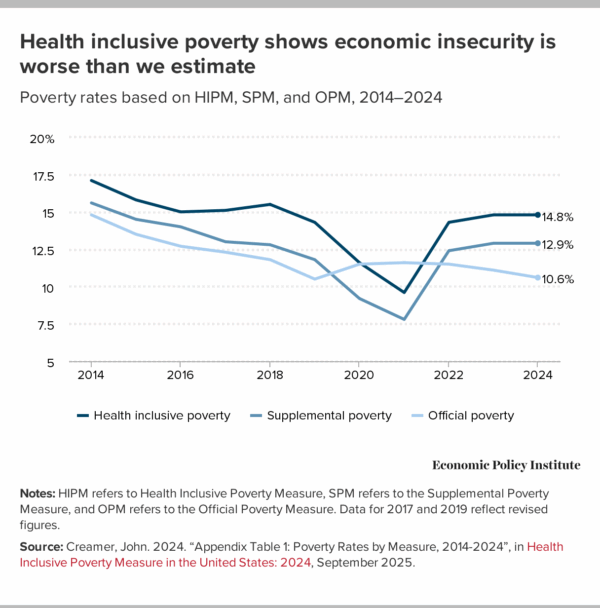
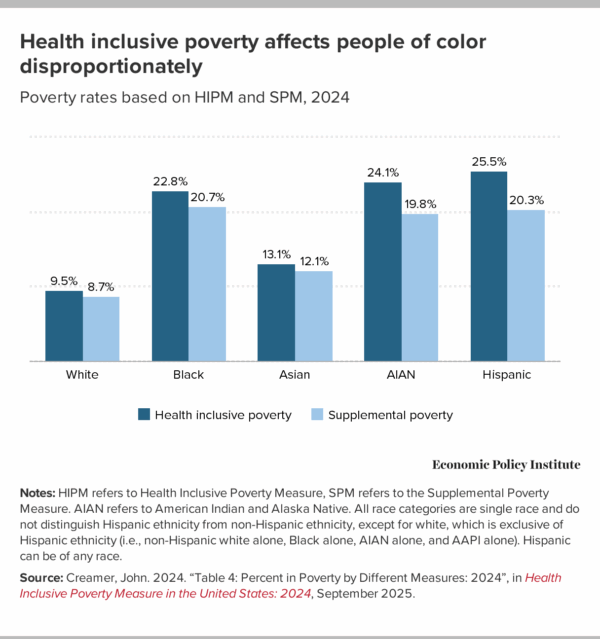

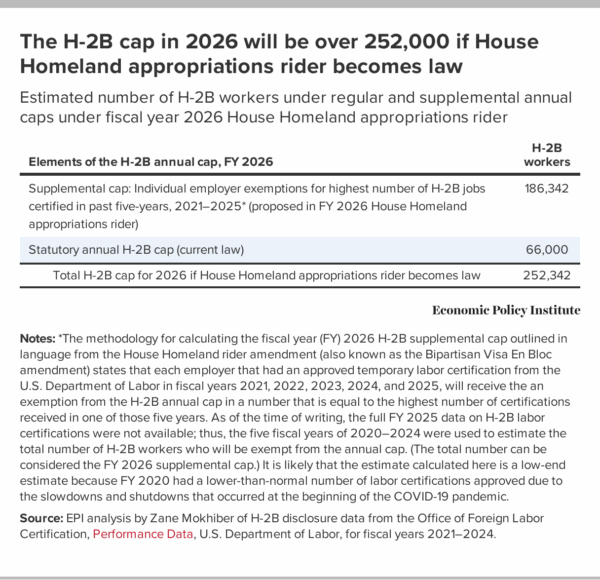 Total number of H-2B workers would reach 282,000 in 2026 if the rider becomes law
Total number of H-2B workers would reach 282,000 in 2026 if the rider becomes law
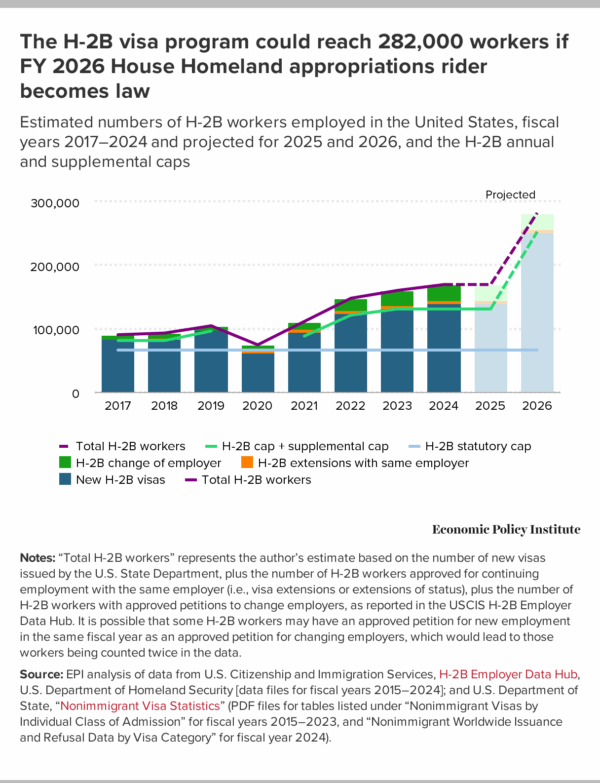 The rider would move 12,000 H-2B jobs to the P visa, which is not administered by the Department of Labor
The rider would move 12,000 H-2B jobs to the P visa, which is not administered by the Department of Labor
















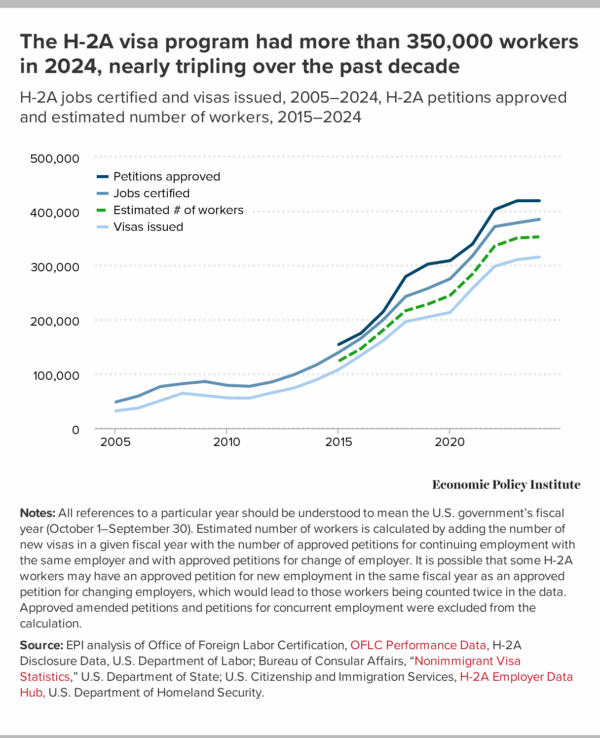
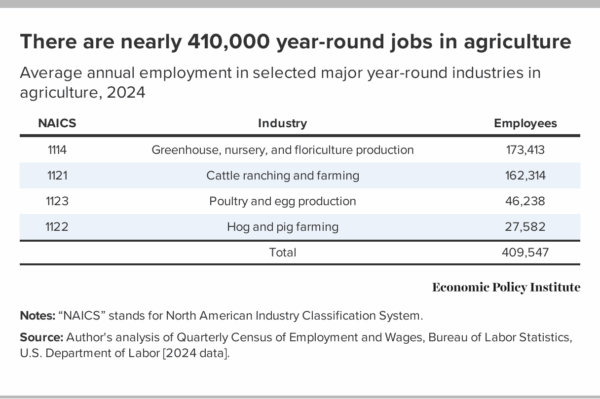 DOL’s new Adverse Effect Wage Rate will result in a pay cut for H-2A workers and U.S. workers that will line the pockets of employers by billions
DOL’s new Adverse Effect Wage Rate will result in a pay cut for H-2A workers and U.S. workers that will line the pockets of employers by billions
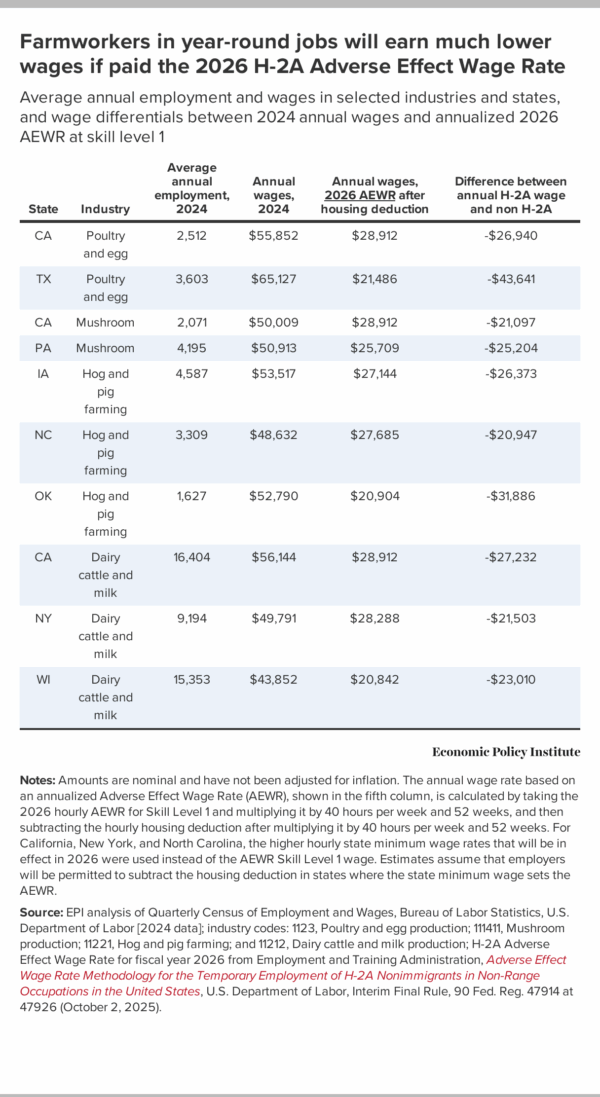 The year-round H-2A rider with the new AEWR rule could triple the current size of the H-2A program and cause wages to drop sharply for farmworkers
The year-round H-2A rider with the new AEWR rule could triple the current size of the H-2A program and cause wages to drop sharply for farmworkers
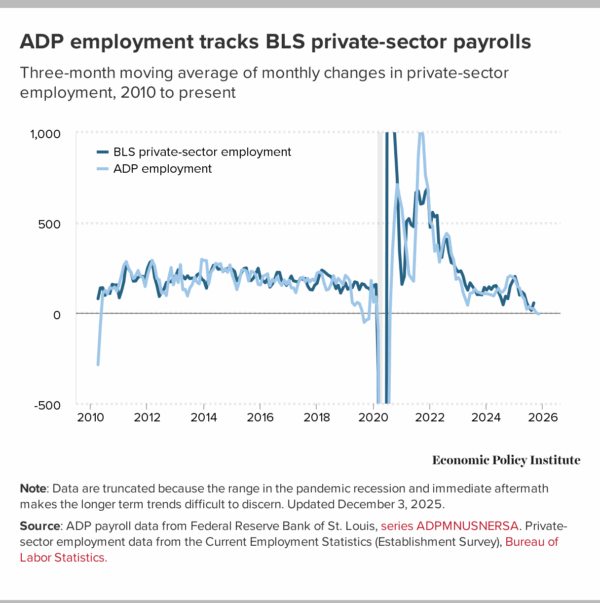
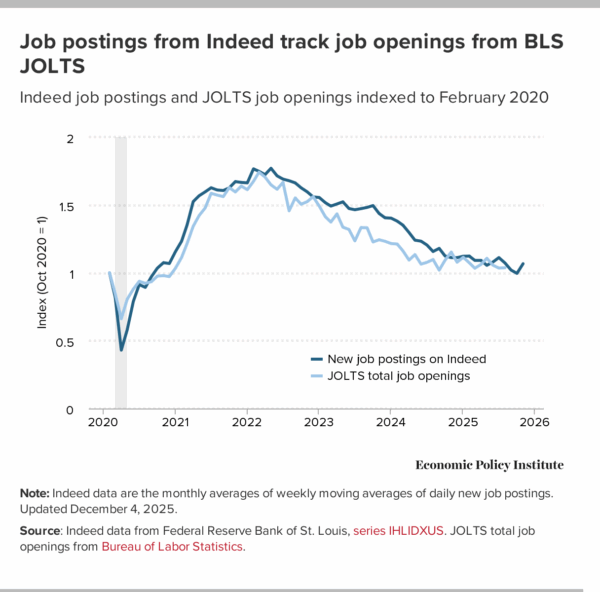
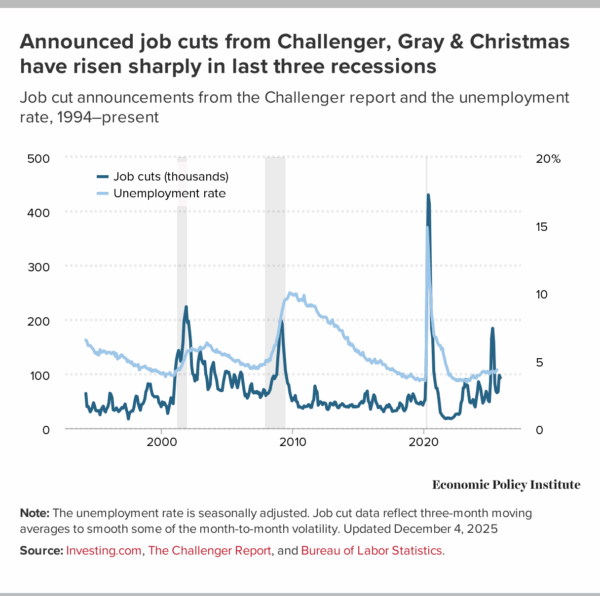 Once the official FSA data are released and hopefully return to a normal schedule, our
Once the official FSA data are released and hopefully return to a normal schedule, our
Recent comments